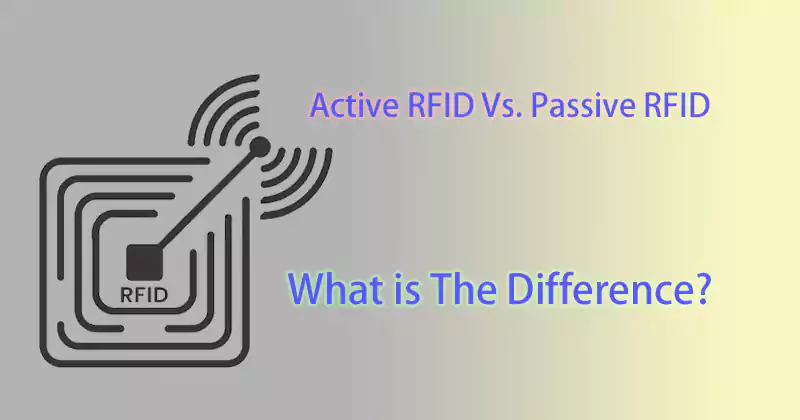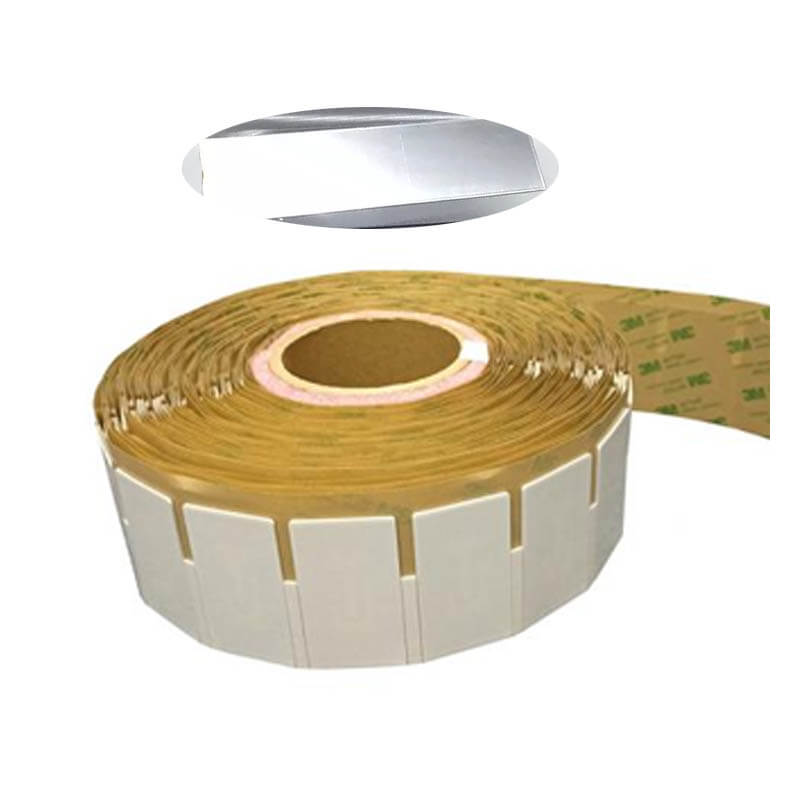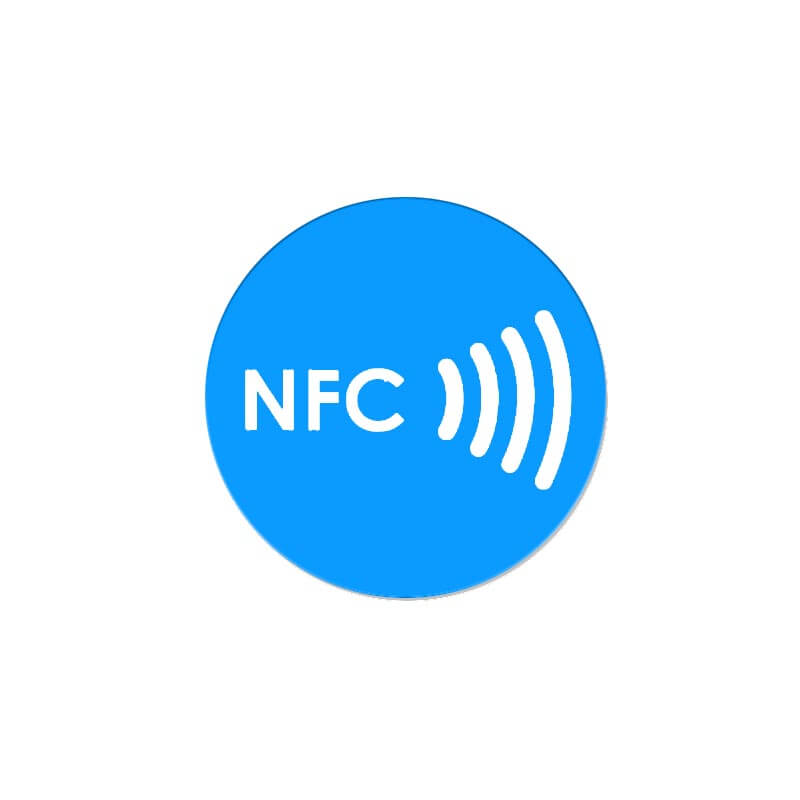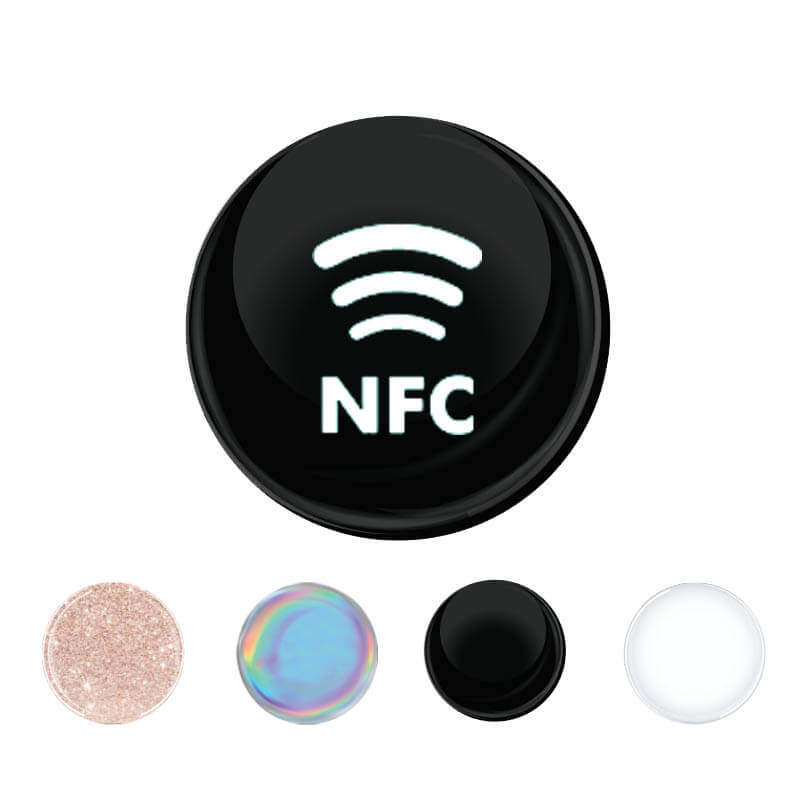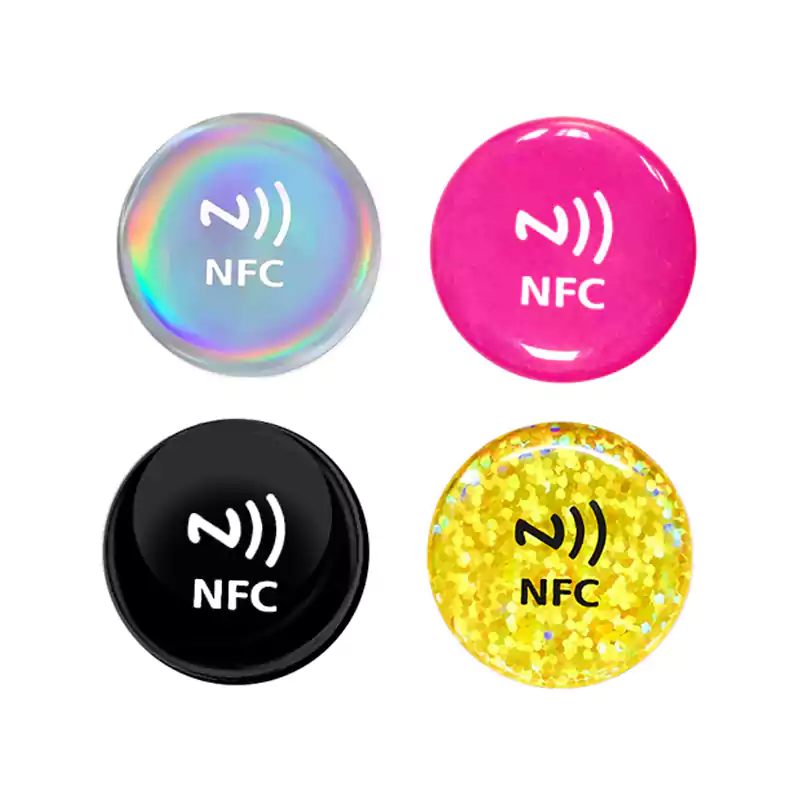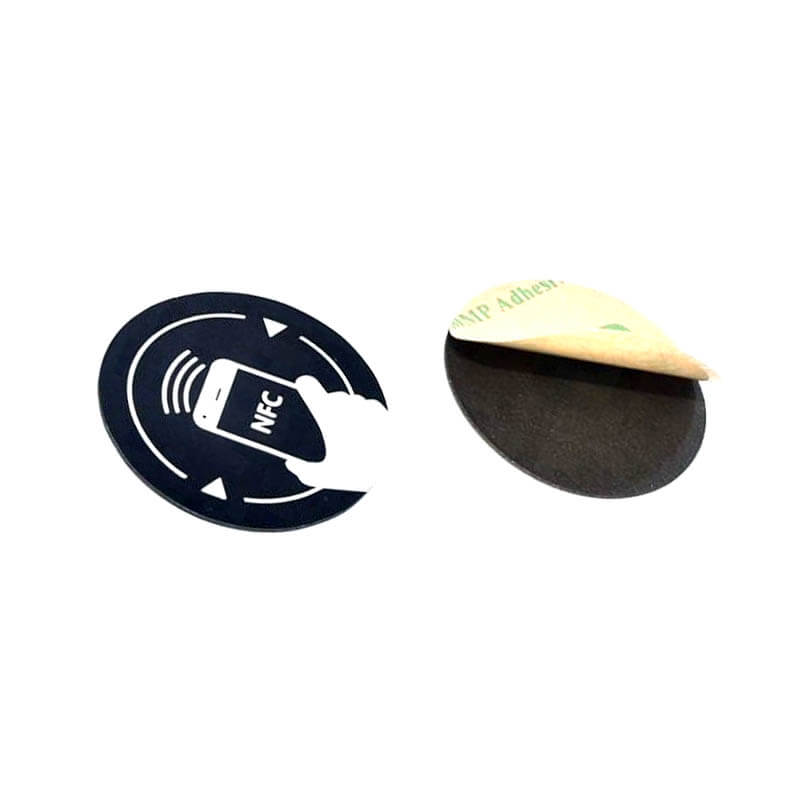Is your business ready to adapt the RFID technology? Have you been using this technology? In what aspects are you using it for?
In the past, businesses need to manually enter data and stamp tickets so customers can gain entry. Hotels only use keys to access their rooms. Nowadays, the business world has leveraged a more automated process. You can see tenants using access cards to gain entry to rooms or access to safety boxes in the box. You probably have noticed attendees wearing wristbands during parties and events.
They are not just cool. They are making things more streamlined. RFID has simplified a lot of processes for small and big scale businesses in many industries. So if you are planning to make a shift, you have come to the right place.
Understanding RFID is essential if your business plans to adapt this technology. Questions between Active RFID vs. Passive RFID need to be answered. It helps you gain an insightful comparison regarding this technology. But before we get the ball rolling, let’s get to know this technology better first.
What is RFID?
RFID or radio-frequency identification is a kind of wireless technology. It is used in much contactless entry and access such as hotel keycards. This technology is almost similar to barcoding. Using a tag or label, a reader captures data. Then store it in a database. However, RFID has more advantages than a barcoding system.
The most notable benefit is the ability to be read outside the line of sight. On the other hand, barcodes need to be aligned with an optical scanner. So how does it work? RFID belongs to a group of technologies Automatic Identification and Data Capture (AIDC). This means it can capture data without physical contact such as swiping. AIDC method can identify objects automatically. Then it collects data and stores it in a system for identification. There is no human intervention. It utilizes radio frequency to transmit and receive data using a tag or smart card.
The following are the common uses of the RFID system. Inventory management – It helps businesses track inventory automatically.
Asset tracking – It helps businesses track physical assets through RFID tags and labels.
Personnel tracking – It helps track who is present or absent within the day through a smart card.
Controlling access to restricted areas – Businesses can customize RFID cards. When customized, it can give access only to VIPs.
ID Badging – RFID cards can also work as biometrics. Instead of manually entering a Daily Time Record, employees can use their ID. All they have to do is scan it on a device reader.
Supply chain management – RFID simplifies the process of large businesses.
Counterfeit prevention – It prevents counterfeiting most especially in the pharmaceutical industry. Counterfeiting usually occurs in shipment diversions. When medicine tags use RFID, it is hard to mimic the codes.
Active RFID vs. Passive: Can you tell the difference?
Now that you know what an RFID is, it is time you know the difference between passive and active RFID. RFID comes in two kinds – passive and active. If you are new to RFID, you might wonder about their differences. In this section, we will explain to you the key difference so you can make a smart decision.
In a nutshell, passive RFID systems use tags with no internal power source. The power comes from the electromagnetic energy transmitted from the RFID reader. Passive RFID systems are commonly used access control. They are also used for file tracking and race timing. Passive RFID cannot write and send data. It can only receive and read. Note that when you scan an RDIF card, the reader only receives the data.
Passive RFID needs to wait for a signal from an RFID reader while active RFID does not. The reader sends radio signals to the antenna. Then the reader converts that energy into a radio frequency wave. Once it reaches the read-zone, the RFID system interprets the data.
On the other hand, active RFID systems use battery-powered RFID tags. It broadcast its signal continuously. Businesses use active RFID to track beacons. It can track the real-time location of assets or in high-speed environments. An example is the tolling system.
Unlike passive RFID, active RFID has two main frequencies. These are 433 MHz and 2.45 GHz. The frequency depends on user preference, tag selection, and environmental consideration. However, businesses would prefer RFID that can function within a longer range. An active RFID can do this in particular applications like toll gates.
Active RFID vs. Passive RFID:
Parts and Functions
Passive and active RFID have different parts and functions. Passive RFID is composed of three parts. These are the RFID reader, RFID antenna, and RFID tags. They can tag only two components: antenna and microchip.
The passive RFID is further divided into different groups. The following are the different types of passive RFID systems and how businesses use them.
- High Temperature – Passive RFID like those that are used in healthcare facilities can withstand extreme temperatures. In hospitals, RFID systems track the number of cycles that an instrument undergoes. When inside an autoclave instrument require undergo extreme temperature.
- Rugged – Some passive RFID can withstand fluctuating weather conditions. For example, they are used in outdoor environments. They can stand with snow, ice, dust, and debris. A highly rugged passive tag is required for this application.
- Size – Passive RFID systems have various sizes to choose from. They have the smallest of their kind. But you can also opt for the largest. Note that some applications have specific size constraints. Tracking large items may require a large RFID card while small items need the opposite.
- Materials – Passive RFID tags can use metal-mount tags to track metal assets.
- Embeddable – Businesses can opt for embeddable tags for items that are prone to wear and tear.
On the other hand, active RFID only comes in two types. These are transponders and beacons. Transponders use active tags and a reader. It sends a signal first and the active transponder sends it back. An active RFID system is efficient because it conserves battery life when a tag is out of range. Active RFID transponders are commonly used to secure access control. Businesses also used them in toll booth payment systems. They can function both near and far from the reader.
Beacons are used in active beacon tags. It sends data every 3-5 seconds without waiting for a signal. Beacon tags are common in the oil and gas industry. It is also used in mining and cargo tracking applications. To save battery they are set to a lower transmit power. They can reach around 100 meters.
Active RFID vs. Passive RFID: What are their pros?
RFID is used in many ways. However, what is the benefits of the two? Let’s get the ball rolling in this section.
Passive RFID requires smaller tags. They are much cheaper and thinner. Their size makes them more flexible. Another advantage is that they have a higher range of tag options. Businesses can have chosen from a wide variety of types and applications. Moreover, they can last a lifetime without a battery. It all depends on the wear and tear.
On the other hand, active RFID tags have an extremely long read range. This is the reason why they used toll gates. Drivers do not have to alight vehicles and scan their cards. Active RFID tags have more abilities when paired with GPS and sensors. Businesses can also leverage the extremely rugged tag options.
Passive RFID vs. Active RFID: Size, Range, and Price
Active RFID can function in a maximum of 150 meters. They have a longer range compared to passive RFIDs. The latter can only function within 15 meters. This is why passive RFIDs are commonly used in keycards.
Active RFID comes from medium to very large while passive RFID is very small to very large. However, active RFIDs are only limited to outdoor applications because of their range and size. On the other hand, passive RFID systems can be used for both settings.
Moreover, active RFID is powered by internal battery systems. They cannot function without a battery. Passive RFID systems are powered using radiofrequency waves. Active RFID is smaller than smartphones. You can just imagine their size and how they can be handheld. Passive RFIDs are smaller than business cards. This is the reason why passive RFIDs are used in key cards and smart access cards.
The size also matters to RFID’s prices. Since active RFIDs are larger they are typical $20 to $30. Passive RFID systems are smaller and typically cost less than $1 per tag. An example of this is the RFID wristlet which attendees use during an event.
In general, active and passive RFID technologies use radio frequencies to communicate information. But each of them is very different from the other. As a business, you need to understand how they function and for what application they may be useful. This helps you to harness their true power. They have different qualities that are well-suited for specific applications.

